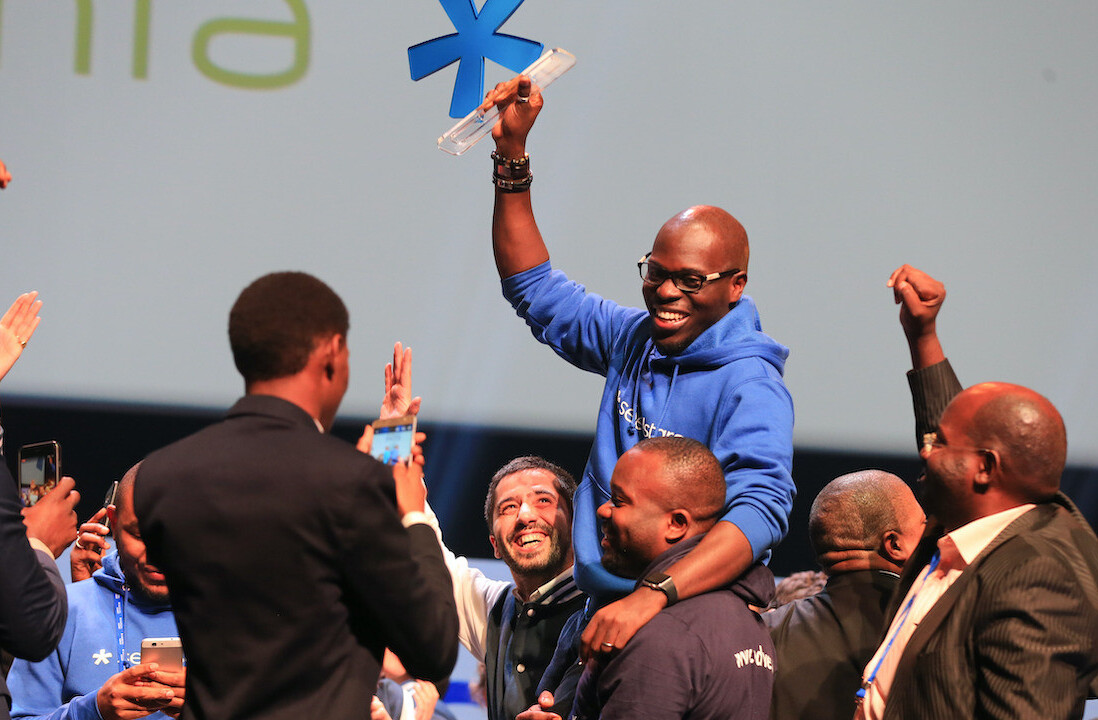
The iPhone 5 still has to launch in Brazil, but one thing is for sure: when it hits the shelves, it will be much more expensive than in other markets. If you need a proof of it, just look at the new Apple TV, which costs R$399 in Brazil – roughly $197 USD, or twice its selling price in the US.
This isn’t only about Apple products; we have already touched the subject several times, many articles are much more expensive in Brazil, especially electronics. Let’s now try to understand why.
The usual culprit: Taxes and inefficiencies
It’s impossible to talk about the prices of electronics without mentioning ‘Brazil cost‘ (‘Custo Brasil’, in Portuguese). According to Wikipedia, this expression refers to “increased operational costs associated with doing business with Brazil, making Brazilian goods more expensive compared to other countries.”
This applies to products that are manufactured locally, but also to imported goods, which suffer from the structural problems of this huge country. Here are some of the Brazilian challenges the World Economic Forum pointed out in its latest report on global competitiveness, where Brazil made it into the top 50 for the first time:
“Trust in politicians remains low (121st), as does government efficiency (111th) because of excessive government regulation (144th) and wasteful spending (135th). The quality of transport infrastructure (79th) remains an unaddressed long-standing challenge and the quality of education (116th) does not seem to match the increasing need for a skilled labor force.
Moreover, despite increasing efforts to facilitate entrepreneurship, especially for small companies, the procedures and time to start a business remain among the highest in the sample (130th and 139th, respectively) and taxation is perceived to be too high and to have distortionary effects (144th).”
Taxation is a recurring theme when you ask Brazilians about the cost of many imported goods. To take an example, the Brazilian website iG published an infographic on Apple products’ tax burden, and noted that the different taxes hitting the iPad add up to almost 55%.

According to Mario Almeida, one of Brazilian Startups Association’s regional directors, this has a highly negative impact on Brazil’s place in the world:
“Our confusing national tax system, our labor costs and our flawed infrastructure are the perfect combination for products and services to have higher prices than their equivalents in rich countries and elsewhere.
When talking about imported goods, there’s yet another aggravating factor, our tariff barriers – we are still a closed country. Despite our favorable commercial balance and the fact that we are recognized as a commodities exportation hub, our global trade’s share is much lower than its potential and than our expectations.”
As you can imagine, taxing imported goods is a way for Brazil to support Brazilian manufacturers and to give foreign companies an incentive to open plants in the country. Still, the Brazilian government defends itself from being overly protectionist, and points out that the US also guard their national market in many ways, starting with a low dollar.
Beyond taxes: A vicious circle
Although ‘Brazil cost’ certainly exists, “it is a fact that it doesn’t explain or justify the price differences between the international products that are sold in Brazil and their equivalents or versions in other countries,” Almeida insists.
This is where ‘Lucro Brasil’ (“Profit Brazil”) comes into play. Coined in reference to ‘Custo Brasil,’ it denounces the fact that structural problems often hide abusive margins at all levels, which most Brazilian consumers aren’t aware of.
While it is always difficult to find out about distributors’ and manufacturers’ margins, several details seem to confirm this suspicion. For instance, 60% taxes don’t fully explain why items can be twice as expensive in Brazil, and why tax breaks take so long to be reflected, Gizmodo Brasil highlighted in a recent article.
As a matter of fact, Brazilians complain that multi-national companies often see their local subsidiary as a cash cow, which can sell lower-quality items or overpriced products without problems.
According to many analysts, the Brazilian elite may have its share of responsibility here. In practical terms, a high price tag has become a selling point for some, the anthropologist Roberto da Matta explained in an interview:
“When I was living in the US, I was running once when I saw then president George W. Bush, running as well, with security guards. He was using the same Nike shoes as I was. Here in Brazil, it’s hard to picture such a scene. Because objects still very much reflect the social segment of their owners. The sneakers, the car, the restaurant aren’t valued only for what they are, but also as status symbols. This is why it is more expensive to have dinner in Rio or São Paulo than in New York.”

What’s true of cars and fancy restaurants also applies to electronics, Brazilian journalist Henrique Martin tells us. The editor of Brazilian gadget blog Ztop, he describes the line of thinking that prevails in the market:
“This emerging posture of the Brazilian new rich means that consumer electronics manufacturers charge whatever they want for their products. If there are people that pay thousands of Brazilian reais for an iPad or a high-end smartphone, why would they lower their pricing?”
As for those who aren’t willing to pay those prices, they increasingly rely on another option, which is to go shopping abroad – not only in places such as Brazil’s frontier with Paraguay, but also in the US. “There’s a saying that’s used a lot in Brazil – ‘I’m poor, I buy in the US’ – and many people live by it,” Martin says.
“Buying a plane ticket to Miami, staying there for two days and bringing back a camera or a tablet costs almost the same as purchasing them in Brazil,” he explains. Miami aside, Brazilian shoppers are also flocking to New York en masse, and spending a lot more than many other nationalities, the Wall Street Journal reported last Christmas.
Reasons to keep hope?
While the problem isn’t new, there are some reasons to think that the trend could start to change, although the signals are somewhat mixed:
“The only big case on electronics that saw their prices go down thanks to government measures are popular notebooks and PCs, thanks to the ‘MP do Bem’ [law],” Martin recalls. “In 2007, buying a basic notebook – a very basic one – would have cost you R$3,000 ($1,483 USD). Now it only costs R$1,000-R$1,200 ($494 to $593 USD) and sometime less, thanks to those government measures.
The only thing is that the same government voted a law to support tablets… and nothing happened. To give an example, the Brazilian iPad is still as expensive as the ones that are made in China.”
 Martin’s comment is a reference to reports that Foxconn is now manufacturing Apple products in its Brazilian plants – a piece of news that didn’t have any major impact on their price tags. Still, the Brazilian authorities are working on new tax breaks to democratize electronics, and e-readers are next in line, PublishNews Brazil reported a few days ago.
Martin’s comment is a reference to reports that Foxconn is now manufacturing Apple products in its Brazilian plants – a piece of news that didn’t have any major impact on their price tags. Still, the Brazilian authorities are working on new tax breaks to democratize electronics, and e-readers are next in line, PublishNews Brazil reported a few days ago.
Beyond government incentives, there are macro-economic reasons for companies to lower their prices, starting with Brazil’s own evolution. According to a recent study, 104 million Brazilians now belong to the middle class, and will spend a combined R$1 trillion this year ($494 billion USD).
As many of them still have limited budgets and won’t shop abroad, this puts companies in front of a simple equation: either sell overpriced goods to a minority, or lower their prices to target millions of consumers.
Almeida points out that companies might not have a choice; as Brazilian consumers become more mature, they will be increasingly reluctant to pay inflated prices. “Who knows if in a near future, this mass of consumers won’t start rallying for fewer taxes, increased economic openness and less industry tricks on their items of desire?”
Image credits: (1) YASUYOSHI CHIBA / AFP / Getty Images; (2) MAURICIO LIMA / AFP / Getty Images; (3) ODD ANDERSEN / AFP / Getty Images
Get the TNW newsletter
Get the most important tech news in your inbox each week.





